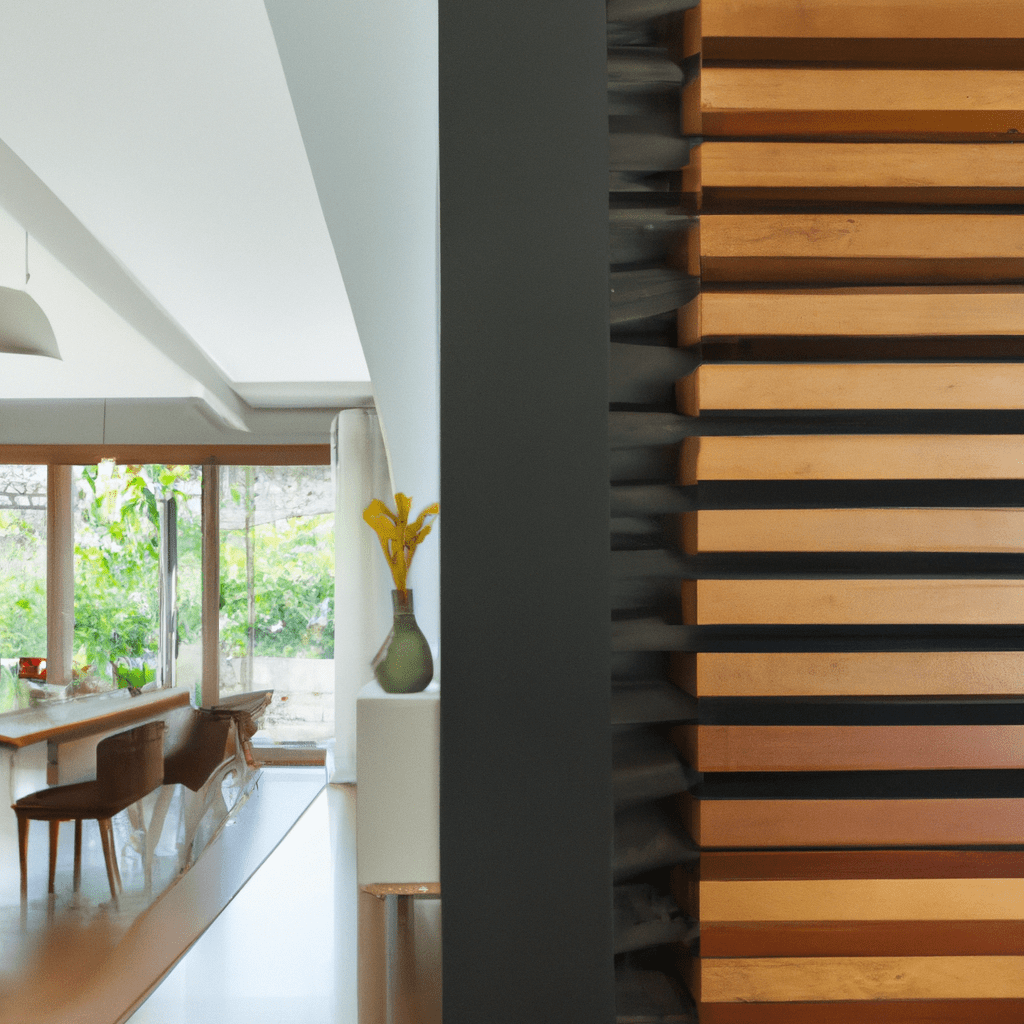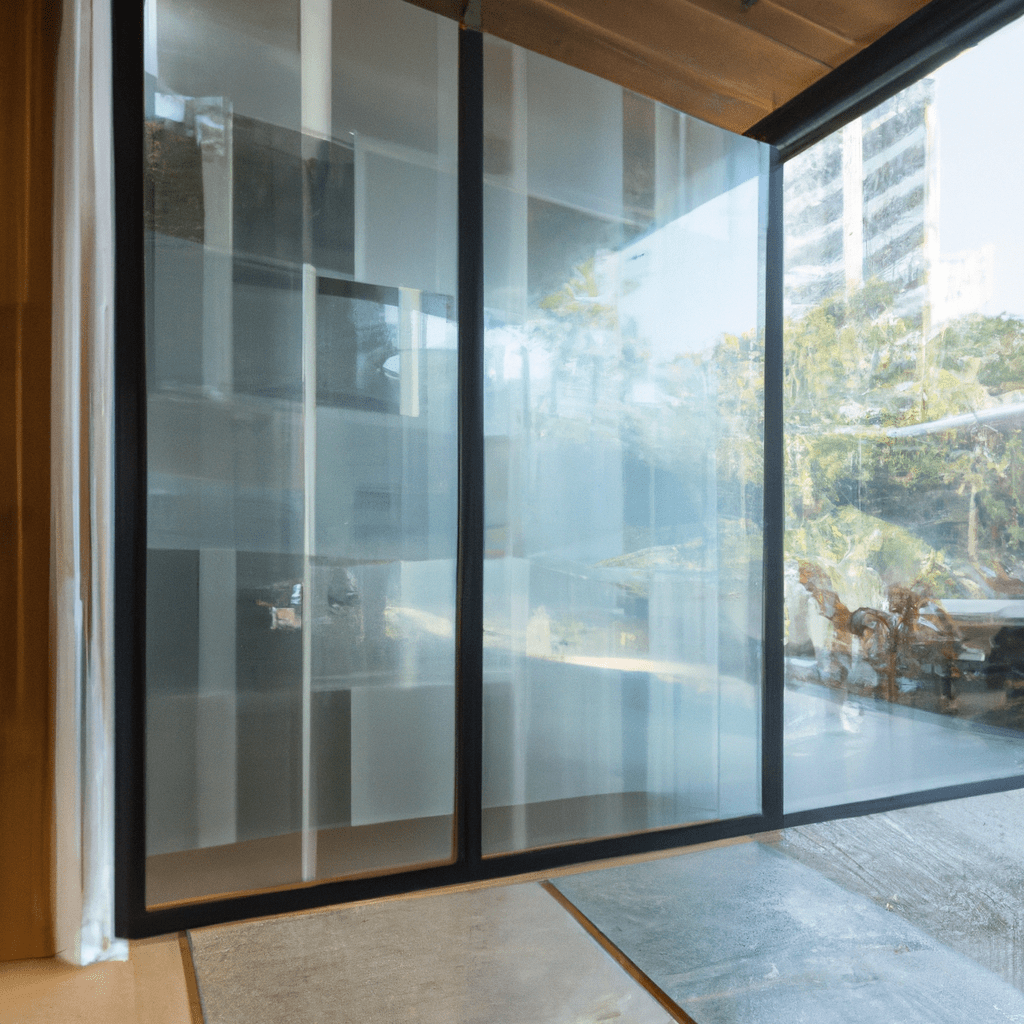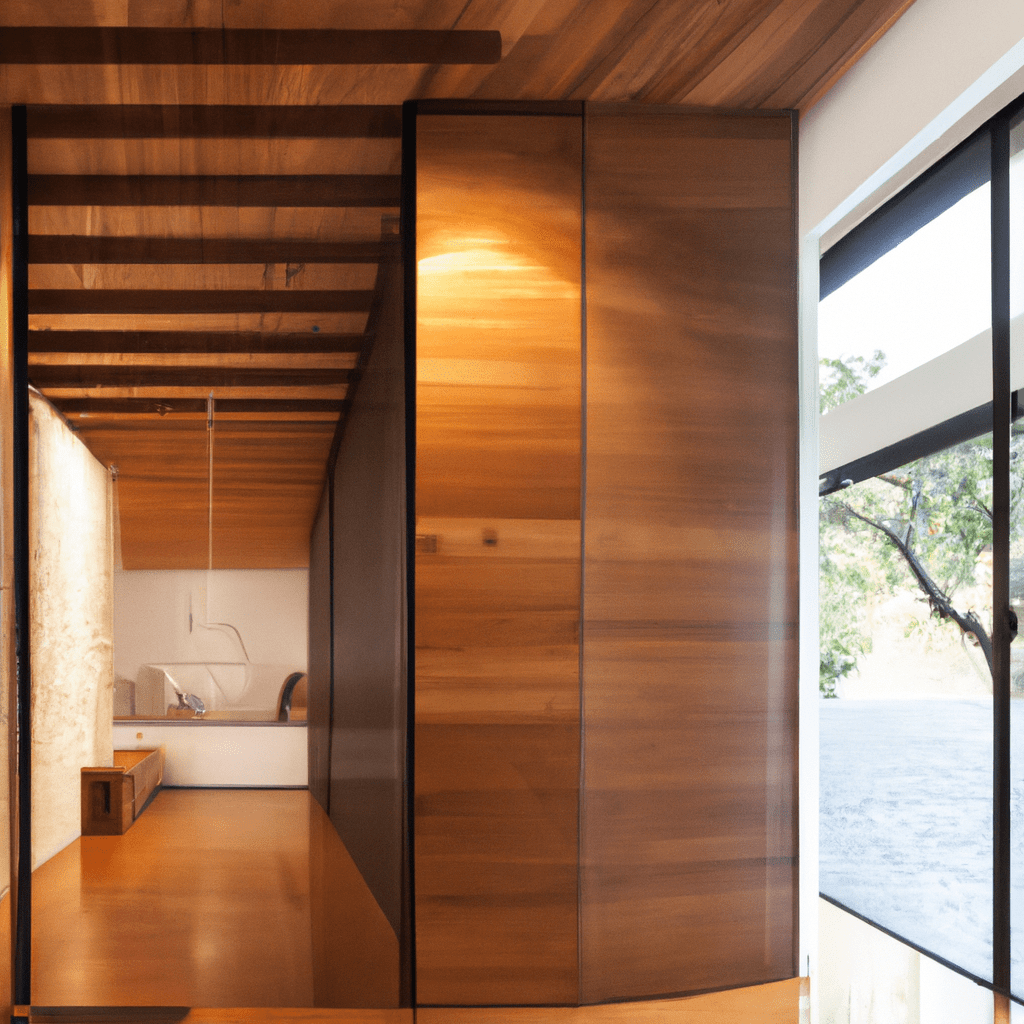Living room and Dining room Divider design

Living rooms and dining rooms can be the heart of the home, but often require clever design solutions to maximize space. Creating a divider between these two spaces is an effective way to separate them without making either room feel cramped.
In this article, I will discuss how to design a stylish and functional living room or dining room divider for your home. From creative shelving units to modern partitions, there are plenty of options when it comes to creating the perfect divide.
Benefits and Advantages of Living Room and Dining Room Divider Design
When it comes to creating the perfect living and dining room combination, it can be tricky to figure out how to design the best layout. In this post, I will discuss how living room and dining room divider design can help create a space that is both stylish and functional.
With the right design, you can make sure that your living and dining areas are well separated without sacrificing either aesthetic or practicality.
Glass partition design for living room and dining hall

Glass partition design between living room and dining hall is a modern day trend that has been gaining popularity in recent times.
This innovative idea can be used to create a stunningly beautiful interior design that adds an aesthetic appeal to the space.
The use of glass partitioning allows for natural light to flow freely, making the entire area look brighter and more spacious.
Moreover, it provides a creative way of separating two different areas without having to sacrifice any aesthetics or functionality.
Glass partitions are available in various shapes, sizes and colors which makes it easy for homeowners to personalize their home according to their preferences.
Additionally, these panels come with soundproofing features which means that noise from either area does not travel freely into another area, thus creating an atmosphere of tranquility for both rooms.
Advantages(Pros) and Disadvantages(Cons) for using Glass partition design for living room and dining hall
Pros:
1. Glass partitions create a sense of openness and airiness in a room.
2. Glass partitions let in natural light and brightens up the space.
3. They can be used as a design element to create visual interest in the room.
4. It allows for flexibility in terms of layout, with the ability to easily move or rearrange furniture and other items without having to do any major construction work.
5. Glass partitions can provide privacy while still allowing people to see through from one side to the other.
Cons:
1. Glass partitions can be expensive to purchase and install, especially if custom-made designs are required.
2. Some glass materials are not soundproof and may allow noise from one area of the house to travel freely into another area, making it difficult for people to hear each other clearly during conversations or get quality sleep at night time.
Wooden partition designs between Living and Dining Room

Wooden partitions are a great way to divide living and dining spaces, creating a sense of intimacy without sacrificing style.
From modern chic designs to those that embrace rustic charm, wooden partition designs between the living room and dining hall, can add an interesting focal point while serving an important practical purpose.
When choosing a design, it is important to consider both the structural stability of the wooden partition as well as its overall aesthetic appeal.
Sliding doors with translucent glass panels are an elegant solution that will provide privacy while still allowing natural light to pass through.
More traditional option would be hinged shutters or folding screens crafted out of solid wood, providing an air of sophistication and timelessness.
Advantages(Pros) and Disadvantages(Cons) for using wooden partition designs between living dining hall
Pros:
1. Wooden partition designs provide a classic and timeless aesthetic to any room.
2. They can be easily customized to fit any space or budget, as wooden partitions are relatively affordable.
3. Wooden partitions can help define the two spaces while still allowing for some crossover between them.
4. They add warmth and texture to the room, especially when painted a unique color or finish.
5. Wooden partition designs can add soundproofing abilities to a space, creating privacy and blocking outside noise from entering the room.
Cons:
1. Wooden partitions require regular maintenance such as sanding and repainting to keep them looking their best over time.
2. Wood material is susceptible to warping, cracking, or splitting in certain climates and environments with high levels of moisture or humidity changes throughout the year.
3. It can be difficult to remove these partitions if needed, as cutting through wood requires specialized tools and knowledge for that.
The Final Thoughts
In conclusion, glass and wooden partitions are the perfect design elements to create separate living and dining spaces that still appear connected.
Glass walls provide a modern and open look, while wooden walls bring a sense of warmth and coziness to the room.
Both options allow for natural light to flow freely through the space, as well as offering a degree of sound control.
Combining glass and wood can also be an effective way to achieve a contemporary yet inviting atmosphere in your home.







